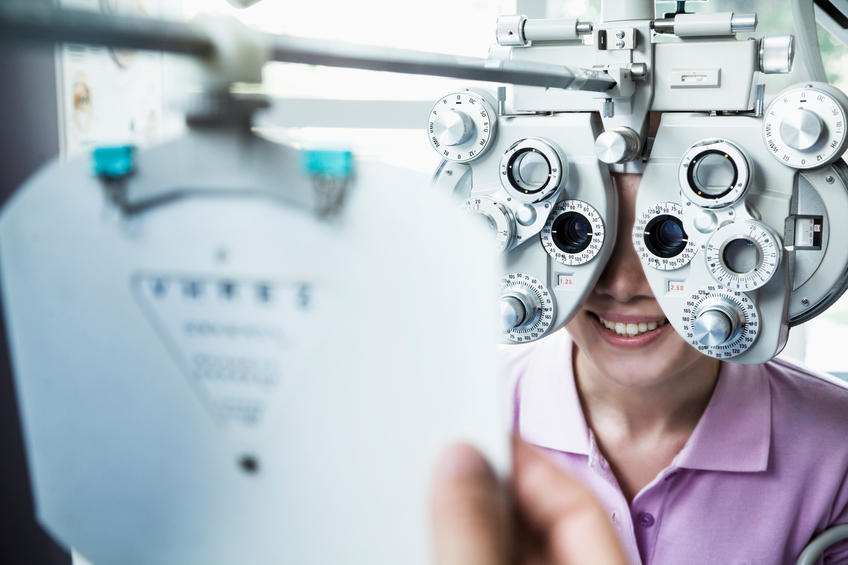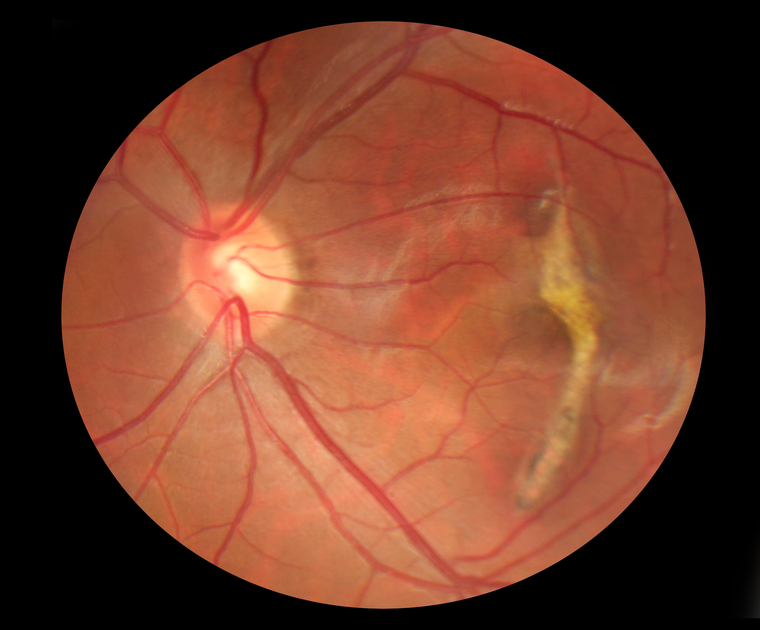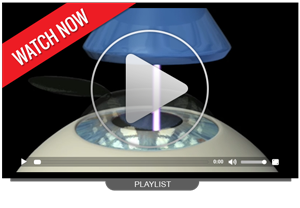Location & Hours
1901 Mitchell Road Suite C
Ceres, California 95307
Phone: (209) 537-8971
Fax: (209) 537-8974
Get Directions
| Monday | 8:30am — 5pm |
| Tuesday | 8:30am — 5pm |
| Wednesday | 8:30am — 5pm |
| Thursday | 8:30am — 5pm |
| Friday | Closed |
| Saturday | Closed |
| Sunday | Closed |
Services Overview

We offer all of your eye care needs including:
- Comprehensive eye exam
- Contact Lens Exams and Fittings
- Dry Eye Management
- Glaucoma Evaluation and Management
- Cataract Surgery Co-Management
- Diabetic Eyecare
- Macular Degeneration Management
- Amblyopia or Lazy Eye Management
- Ocular Disease Prevention
- Nutritional support to maintain healthy eyes
- Treatment of eye infections, injuries and emergencies
- Optical Coherence Tomography (OCT)
- Optomap
Contact Us to make an appointment at (209) 537-8971
As a fully licensed and equipped optometric practice, Ceres Eye Care offers a complete range of eye care services to all our patients.
Whether the eye care issue involves correcting refractive errors with eyeglass or contact lenses, or helping a student find amazing frames, or diagnosing/treating eye conditions and diseases, our experienced team will identify and implement the best eye care solutions for you.
Eye Health Evaluation
With our years of experience in diagnosing and treating typical vision disorders such as nearsightedness, farsightedness, amblyopia, presbyopia, cataracts, macular degeneration and diabetic retinopathy, Dr Jasmeet Mann, and Dr Susan Hsu and their team are equipped to provide appropriate therapeutic medical eye care.
At the same time, the Ceres Eye Care team offers a wide array of high quality eye care products at reasonable prices. Our patients never pay too much for the best quality in eyeglasses, contact lenses, sunglasses, progressive and bifocal lenses, and outstanding service.
Treatment of Eye Disease
If you are diagnosed with an eye disease, you want the best treatment available to get your eyes healthy again. At Ceres Eye Care, we stay current with best treatment practices. Based on your diagnosis, we may recommend a wide variety of approaches, including improved nutrition, prescription medicines, therapy and vision exercises, or medical procedures.
Good Eyecare Begins With A Yearly Eye Exam!
Although many do not realize it, the best way to protect your vision is with a yearly eye checkup. Even a basic eye exam can instantly detect many health-threatening conditions, such as tumors, vascular irregularities, and diabetes-related injury to the retina. At Ceres Eye Care, that basic checkup is brief and painless.
Optical Coherence Tomography / OCT
When patients come to our office for eye exams, many times there is testing that we do to help us diagnosing problems. One of these tests uses Optical Coherence Tomography, or OCT. Pictures taken with our OCT machine are generated by light waves that reflect off the back of the eye or retina, creating images similar to what could be produced by a low power microscope. The OCT also provides cross-sectional images. These images can display the various layers of the retina. This technology is also used to image the optic nerve, which is important in glaucoma treatment and management.
OCT is a non-invasive and no-contact test that doesn't require preparation from the patient. There is no exposure to radiation since the machine uses light to obtain the images. The patient sits in front of a machine, a couple of bright flashes like a normal camera flash go off, and then the photos can be viewed on the machine within a minute.
The OCT is an extremely valuable tool used to help diagnose and manage common retinal eye diseases such as macular degeneration, macular edema (fluid in the retina), and macular hole/epiretinal membranes. We use the initial OCT images to aid in making a definitive diagnosis. The OCT compares these initial images of your eye to a database of images of normal eyes matched to your age. In this way, the first OCT images we take can help point out potential issues if there is something that looks different from normal or average. Subsequent OCT images can then compare how you look now compared to how you looked initially. This can be very valuable in gauging how well treatment is working or if the problem is progressing.
The other common use of the OCT is for monitoring and managing glaucoma. We usually take initial images of the optic nerve, and the OCT can then compare these images to those of age-matched healthy control patients. The OCT will usually be repeated every year so we can follow any changes or progression over time.
The advent of OCT has revolutionized the way we evaluate the retina because we can now detect subtle findings not otherwise easily seen during clinical exams. This makes the OCT one of the most valuable tests we can do in our office.
LASIK

LASIK, a form of refractive surgery, is an popular option for vision correction, often eliminating the need to wear glasses or contact lenses. Simply put, LASIK reshapes the cornea with a laser.
Other surgical alternatives have become available. Among these is a technique called phakic IOL implantation which involves implanting a lens behind the cornea, but in front of the iris. With this new option, many of those who were too highly nearsighted for LASIK are now candidates for refractive surgery.
If you are interested in refractive surgery, please let us know. Refractive surgery is not to be taken lightly. Detailed testing is necessary to determine whether or not you are a good candidate for the surgery. If testing shows you to be a good candidate, we can help you choose the refractive surgeon who is most appropriate for your case. In addition, we provide post-operative care for refractive surgery.
Optomap Retinal Exam

Ceres Eye Care is happy to announce the acquisition of a brand new Optomap device which enables our doctors to capture an ultra-wide field image of the retina (back of the eye).
Our doctors recommend the optomap because it provides a comprehensive ultra-wide field that is not possible with traditional imaging methods. Additionally, the optomap provides a historical record of the retinal health, allowing us to track and monitor any changes in the retina, year after year. The light sensitive retinal tissue is susceptible to a variety of diseases and is essential to detect problems early on. With the optomap, our doctors can see blood vessels and they may also be able to detect other health issues based on what they see in the eye.
More reasons that our doctors recommend the optomap
- Optomap provides a 200 degree or 80% view of the retina
- Optomap may allow you to skip dilation - in some cases, our doctors may recommend the optomap AND dilation to complete an evaluation of the retina. Remember, dilation is when your doctor instills eye drops that may sting and cause blurry vision at near and light sensitivity for up to 4-6 hours in order to evaluate the retina
- Optomap is a safe, painless and instant procedure
The next time you are in our office, please ask us about the optomap, you will not be disappointed!
